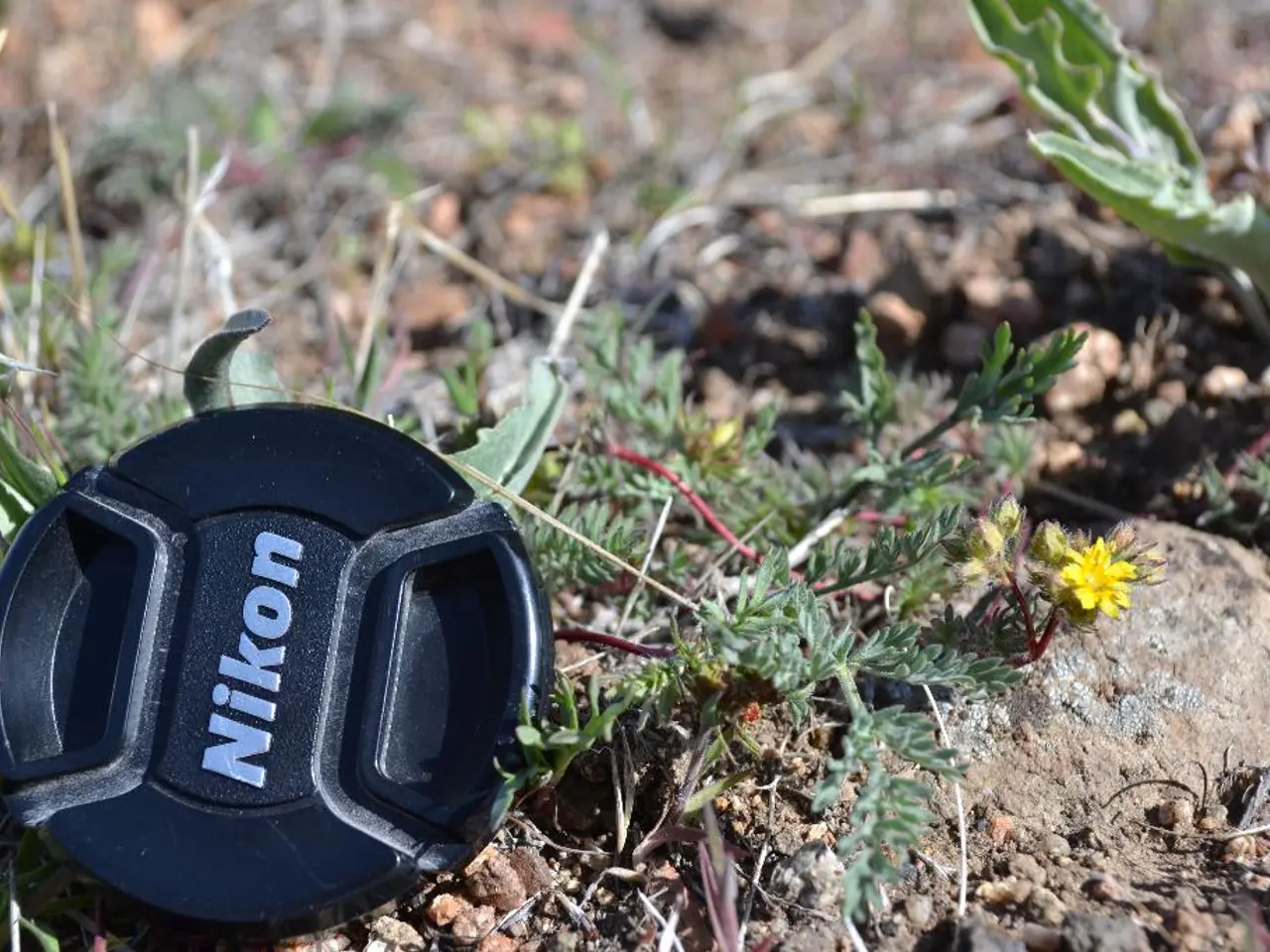How to Address a Retreating Lawn?
In many gardens, a patchy lawn can be a common sight, often due to factors such as soil compaction, drought, pests, fungal diseases, and poor soil quality. To breathe new life into a struggling lawn, here's a comprehensive guide on how to revive it.
Firstly, deep, consistent watering is crucial. Aim for about 2-3 watering sessions per week, each providing 0.5 inches of water, to encourage strong root development. Shallow, frequent watering should be avoided as it weakens roots [1][3][5].
Secondly, aerating the soil can help relieve compaction and improve oxygen and water flow to the roots [3][5]. This can be done using a rake or a core aeration tool.
Thirdly, fertilizing your lawn can help balance soil nutrients and pH. It's best to test the soil first to tailor the fertilizer you need. The optimal soil pH for grass is 6.0–7.0 [3].
Fourthly, overseeding thin or bare patches can promote denser grass growth, particularly in late summer or early fall [3].
Addressing any pest or disease issues promptly is also essential. Identify pests or signs of fungal diseases and apply appropriate control measures [1][3].
Lastly, adjusting sprinkler coverage can ensure even watering, preventing dry patches [5].
If the lawn condition does not improve or patches continue to spread, consulting a lawn care professional for tailored treatment might be necessary [2].
Other factors to consider include dog urine, which can kill grass over time and cause yellow or brown spots. Reseeding bare spots can help maintain a lush and neat outdoor space.
When dealing with pests, less toxic solutions like diatomaceous earth or insecticidal soap are preferable. A roll of grass sod is an inexpensive solution for filling several bare spots.
It's important to remember that over-application of fertilizers can kill grass, while under-application can also negatively impact grass growth. Different pests require different treatments, such as nematodes for leatherjackets or crane flies, and pesticides for chinch bugs.
Subtle signs of lawn problems should be looked for before they worsen. Regularly checking the lawn for pests is recommended.
By following these steps, you can address both the underlying causes of patchiness and promote a gradual recovery to a thick, healthy lawn.
Maintaining a healthy lawn is not just about watering; it also involves enriching the soil to support the grass. Fertilizing the soil with suitable nutrients and balancing the pH levels is essential for a vibrant home-and-garden scenario [3]. Furthermore, investing in gardening tools like rakes, core aeration tools, and soil testers can aid in aerating the soil, combating soil compaction, and ensuring optimal soil conditions [1][3][5].




